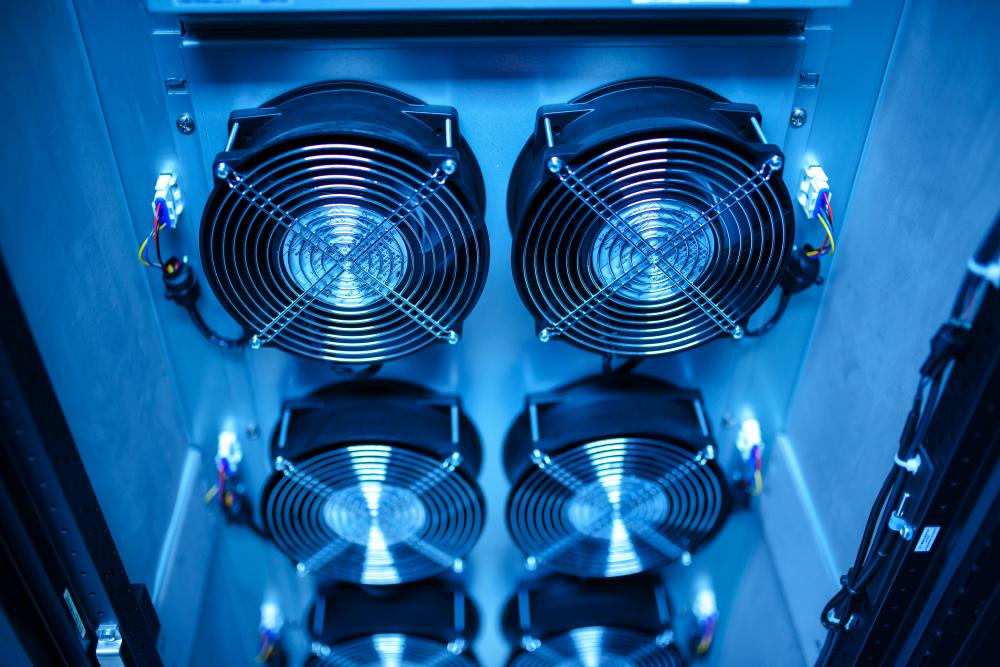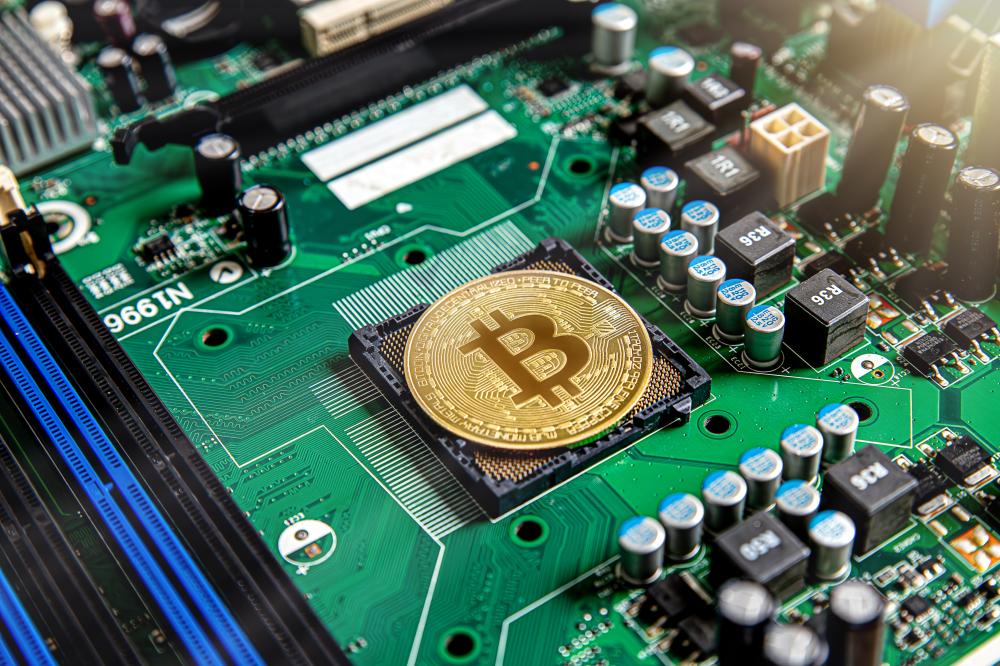Exploring Bitcoin Mining Hardware
Imagine a world where digital gold rushes are happening around the clock. That's the essence of bitcoin mining. At its core, bitcoin mining hardware is a specialized tool designed to solve complex mathematical puzzles, earning Bitcoin as a reward in the process. These tools have evolved significantly over the years. Gone are the days when you could mine Bitcoin with a standard computer. Today, ASIC (Application-Specific Integrated Circuit) miners dominate the market due to their efficiency and power.
With over 20 years of industry experience, I've witnessed firsthand the seismic shifts in technology. The journey from CPU mining to GPU, and now ASIC, reflects the market's drive for efficiency and speed. Each type of hardware has its place, but ASIC miners reign supreme for those serious about profit margins. As the demand for Bitcoin surges, the precision and power of bitcoin mining hardware continue to advance.
Choosing the Right Mining Equipment
For those entering the world of mining, selecting the best bitcoin mining hardware can feel daunting. Start by assessing the hardware's hash rate, which measures the number of calculations your hardware can perform per second. A higher hash rate means more opportunities to find the next block, thus earning rewards.
Consider energy consumption too. Mining is resource-intensive, so seeking out hardware that's energy-efficient without compromising on power is crucial. Look for machines that provide a balance between performance and power consumption, such as the Bitmain Antminer series known for its efficiency. The total investment should also factor in the initial cost of equipment and ongoing operational costs. It's tempting to go for the latest, most powerful model, but sometimes a mid-range product offers the best return on investment.
Not all mining hardware is created equal, and matching your goals with the appropriate tools is crucial. Decide on your strategy: are you mining to accumulate Bitcoin long-term, or do you aim for short-term profits? Answering these questions will guide your decision-making process and help you select the most suitable equipment.
What Makes Bitcoin Mining Hardware Efficient?
Efficiency in bitcoin mining hardware boils down to three core elements: hash rate, energy consumption, and cost-efficiency. Let's break it down:
- Hash Rate: The higher your hardware's hash rate, the more calculations it can perform, increasing your chances of earning Bitcoin.
- Energy Consumption: Energy costs can eat into your profits. Opt for hardware that provides maximum output for minimal power usage.
- Cost-Efficiency: Balance your investment in hardware costs against potential earnings. A high upfront cost might be justified by lower energy consumption and higher returns.
Analyzing these aspects helps in understanding the full scope of what constitutes efficient bitcoin mining hardware.
Navigating the Marketplace for Bitcoin Mining Hardware
The marketplace for bitcoin mining hardware is as dynamic as the cryptocurrency itself. With numerous options available, it's vital to remain informed about the latest models and technologies. Establish connections with reputable sellers and retailers to ensure quality purchases. Bitmain Shop, for instance, stands out by offering specialized products for various algorithms, ensuring that miners can stay competitive regardless of market fluctuations.
- Research Vendors: Look for vendors with a track record of reliable products and customer support.
- Compare Models: Analyze different models for performance metrics and user reviews to find a perfect match for your needs.
- Consider Scalability: As your mining operations grow, so should your hardware. Opt for equipment that allows easy upgrades and maintenance.
With the right approach, you can make informed decisions that align with both your budget and mining goals.
How Does the Rise in Difficulty Affect Bitcoin Mining Hardware?
As more miners enter the fray, the difficulty of the puzzles increases, impacting the efficacy of bitcoin mining hardware. This continual rise in difficulty ensures the network's security but also means miners must regularly upgrade their hardware to remain profitable. Here's how you can manage this change:
First, stay updated on the latest industry trends and difficulty levels. This information can guide your investment in new hardware. Next, consider joining a mining pool. By pooling resources, miners can share the workload and rewards, ensuring more consistent earnings.
Finally, always factor in the cost of upgrading equipment into your long-term mining strategy. The nature of cryptocurrency is volatile, and staying agile will help you adapt to market shifts while maintaining profitability.

